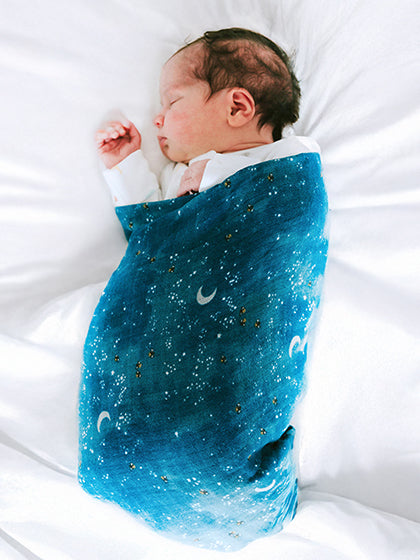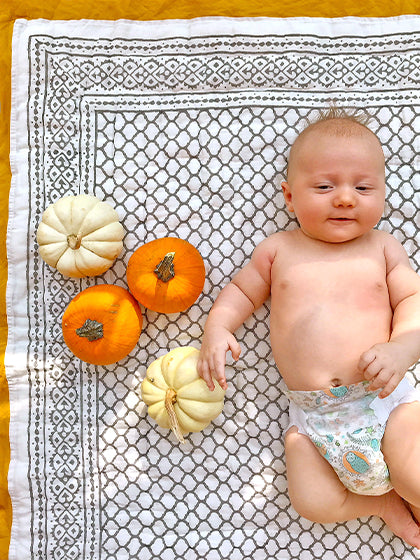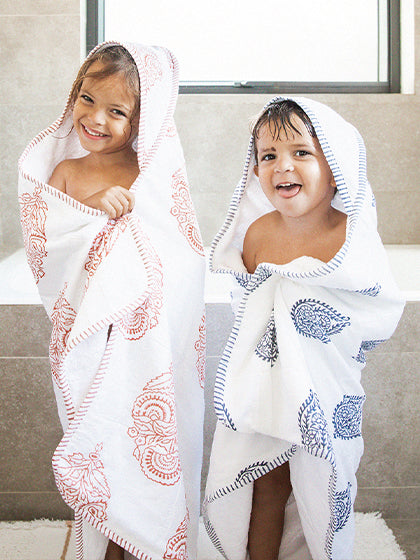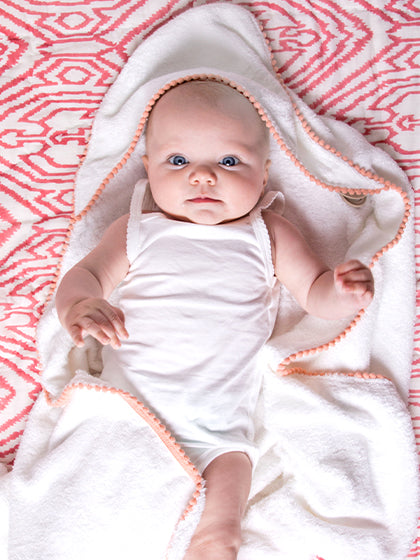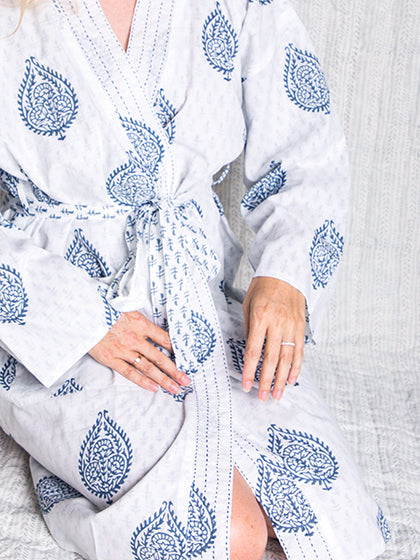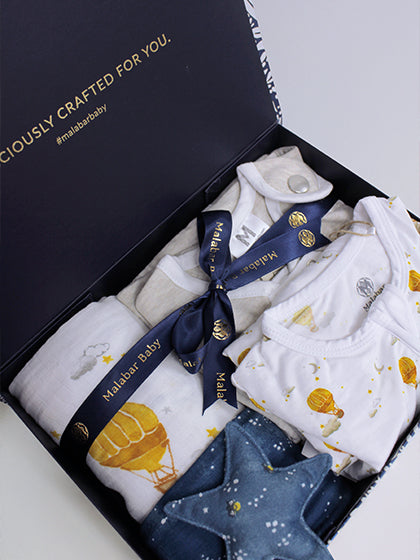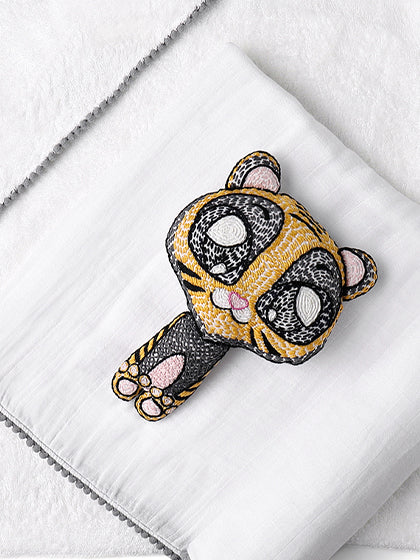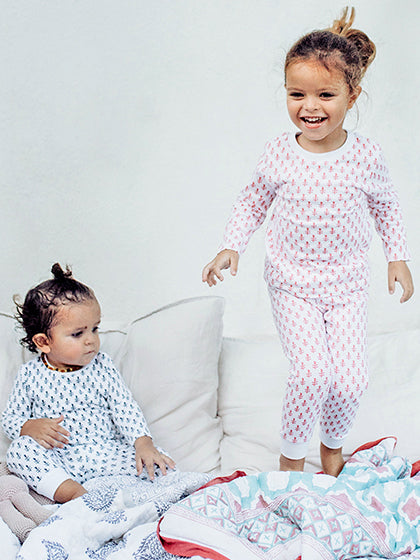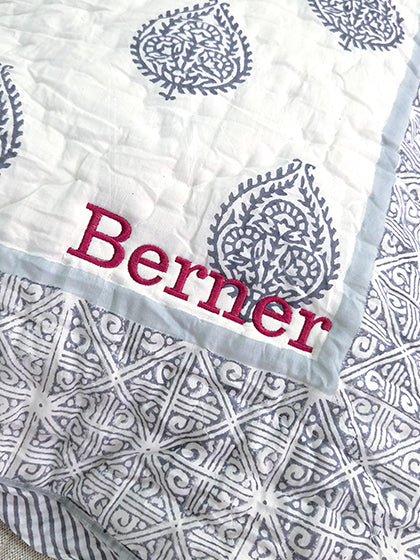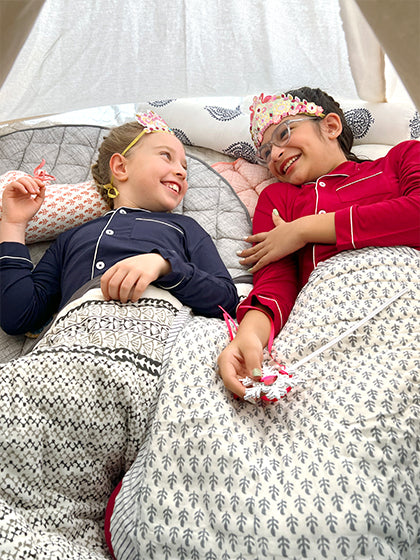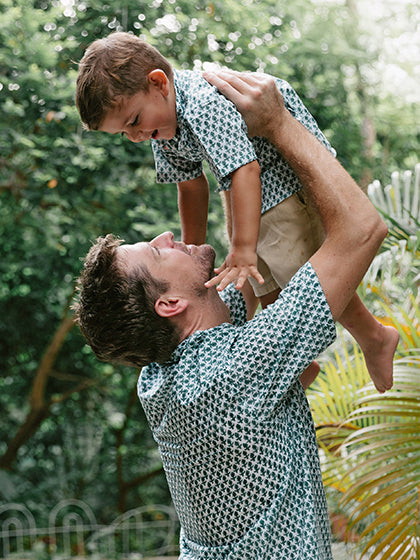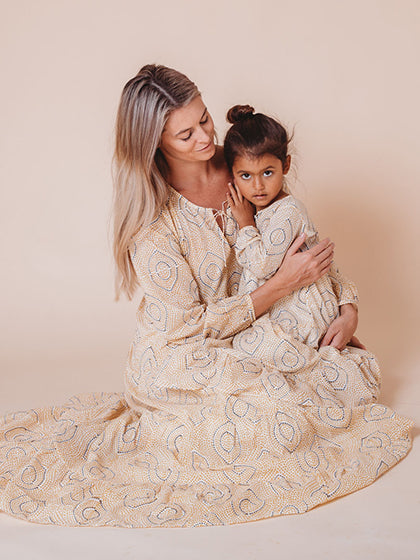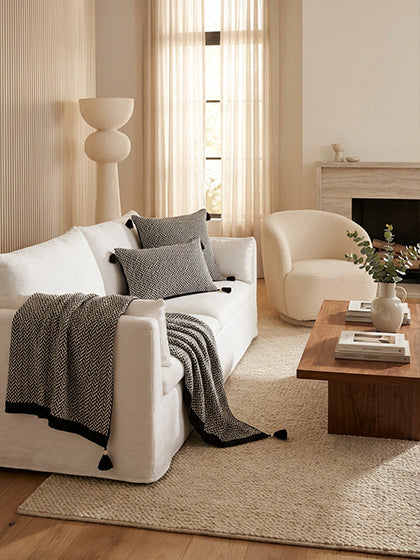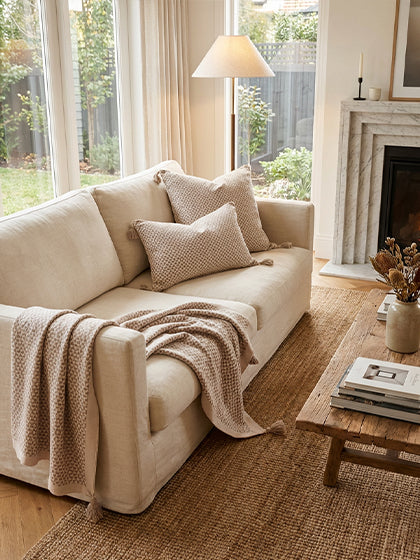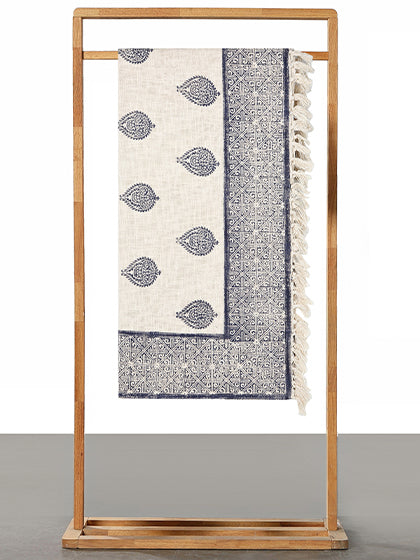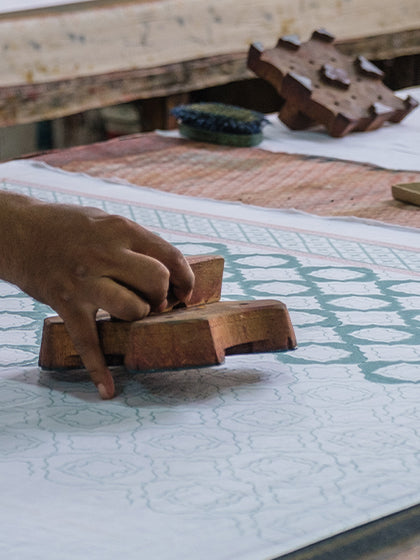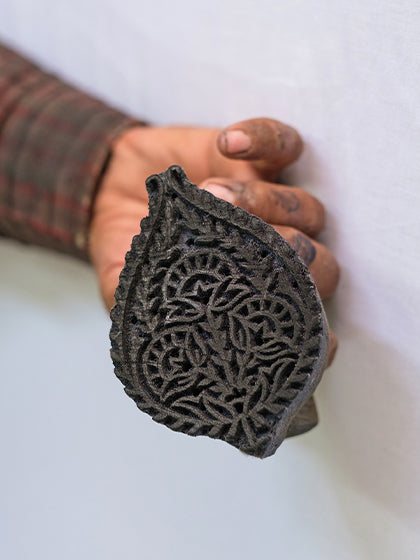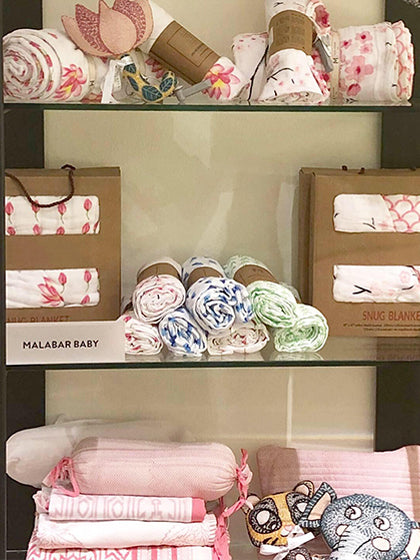A Guest Blog by Rinie Gupta, Double-Certified Pediatric Sleep Specialist (based in Singapore) at Yawn to Dawn Consulting and co-host of a top ranking parenting podcast, The Modern Indian Parent Podcast.
If you are a new parent, one of the biggest questions you must have is: How can I help my baby take better naps and sleep for longer at night?
In this blog, you will get five clear, practical, and science-backed secrets that I have taught hundreds of families to help their newborns sleep more soundly. You will learn how to:
- Create a safe sleep environment that reduces the risk of SIDS
- Help your baby understand the difference between day and night
- Soothe your baby quickly and effectively
- Prevent overtiredness and reduce crying
- Encourage your newborn to start sleeping independently without formal sleep training
I will also share the exact products I recommend to my clients for safe and comfortable sleep. As a double-certified pediatric sleep specialist, I am very selective about what I endorse. Malabar Baby’s organic swaddles and award winning sleep sacks meet the highest standards for safety, breathability, and comfort, and I can confidently recommend them to every parent.
Let’s get started.
Secret #1: How to Minimise the Risk of SUID
Occurence of SUID (Sudden Unexpected Infant Death) is rare but most common in babies under 1 year old, especially between 2 and 4 months. While we cannot eliminate the risk completely, there are clear, evidence-based steps to make your baby’s sleep environment safer.
If your baby sleeps in a crib:
- Keep the crib empty. Avoid pillows, bolsters, blankets, bumpers, toys, or sleeping pods as they are potential suffocation hazards for babies under 1
- Use a firm mattress with a fitted sheet
- Place the crib in your room for at least the first 6 months
- Dress your baby in a wearable sleep sack or swaddle instead of using loose blankets
If you are bed-sharing:
Disclaimer: AAP recommend room sharing but not bedsharing for the first year of life.

- Do not swaddle in bed. Use a wearable sleep sack instead
- Keep the sleep surface away from soft bedding
- Only bed-share in a nicotine-free, alcohol-free, and drug-free environment
- Position your baby in the safe “cuddle curl” position next to the breastfeeding mother
- Breastfeed if possible, as it is linked to reduced SIDS risk
Why I Recommend Malabar Baby Sleep Products
I encounter many babies sleeping in unsafe sleep environments as parents are using loose blankets or thick fabrics to keep them warm. As these are suffocation hazards and can also lead to overheating, opting for a swaddle or sleep sack is a much better option for your newborn baby.
Malabar Baby’s swaddles and sleep sacks solve this problem while also being beautifully designed.
-
Swaddle: At 47x47 inches, their organic cotton swaddle is exactly the right size for a snug, safe swaddle without excess fabric. Made from GOTS-certified cotton threads, it is luxuriously soft from the first use and becomes softer after every wash. The lightweight, breathable weave helps regulate temperature and reduces the risk of overheating.
-
Sleep Sack: For babies who are ready to transition from swaddling, Malabar Baby’s sleep sacks are made from 100% GOTS-certified breathable cotton and are available in 0.6 TOG for summer and 2.2 TOG for winter. They use non-toxic dyes, are hypoallergenic, and have a two-way silent zipper for quick diaper changes.
These are products I am proud to recommend because they align perfectly with safe sleep guidelines and I have used them for my own little one for a long time.
Secret #2: How to Get Longer Night Sleep

From the end of the first week, you can start helping your baby distinguish between day and night. This is one of the earliest steps you can take to support longer stretches of night sleep.
During the day:
- Let naps happen in a well-lit room and in normal household sounds
- Offer interactive play and engagement between naps
- Limit naps to about 2 hours so that your baby feeds regularly in the day (at least every 3 hours)
During the night:
-
Follow a calming and predictable bedtime routine to wind down baby before night sleep
-
Keep the sleep environment dark
-
Avoid exposure to light or stimulating play after lights out
-
Use warm, dim light only for feeds or diaper change
-
Do not wake your baby for feeds unless your pediatrician advises it (especially after they have re-gained their birth weight)
-
Dress your baby in comfortable, easy-to-change sleepwear such as a two-way zip sleep sack
These consistent cues help your baby develop a natural rhythm that supports better sleep at night.
Secret #3: How to Soothe Baby to Sleep

Some babies fall asleep quickly, while others need more help to settle. I often teach parents Harvey Karp’s 5 S’s because they work with your baby’s natural calming reflex:
-
Swaddle – snug and secure using a breathable cotton swaddle like Malabar Baby’s, which is soft on delicate skin and the perfect size for a safe wrap
-
Side-Stomach Position – only for soothing in your arms, never for sleep
-
Shush – rhythmic “shhh” sounds or white noise
-
Swing – gentle, small movements, not vigorous rocking
-
Suck – pacifier, breast, or bottle
3 Extra Ss to help in soothing:
-
Skin-to-skin contact to co-regulate with your baby
-
Stroking between the eyebrows along the nose bridge
-
Self-regulate by taking a moment to step away and take deep breaths
Swaddling correctly can prevent the startle reflex from waking your baby and help them stay asleep longer. Choosing a breathable, organic option like Malabar Baby’s ensures you are soothing safely.
Secret #4: How to Reduce Crying
One of the most common reasons babies cry excessively is overtiredness. Once a baby is kept awake too long, stress hormones rise, making it harder for them to feed, settle, or sleep well.
Recognise tired signs early:
-
Early signs: low activity, turning away from stimulation, red eyebrows
-
Mid signs: yawning, rubbing eyes, pulling ears
-
Late signs: crying, arching back, clenched fists, hyperactivity

Follow wake windows:
-
For newborns, aim for a maximum of 45–60 minutes of awake time between naps. This includes feeding, diaper changes, and play
-
Begin soothing before your baby reaches late tired signs
Catching tired signs early can reduce crying dramatically within just a few days.
Secret #5: How to Encourage Independent Sleep (Without Sleep Training)
In the first four months, babies have short sleep cycles of 40–50 minutes. Half of this is active sleep, when they may cry out, grunt, squirm, or open their eyes while still asleep.
The problem: Many parents mistake active sleep for waking and intervene too quickly, which prevents babies from learning how to connect their sleep cycles.
The solution: Practice “Le Pause” — wait one to two minutes before responding when your baby stirs or cries. Watch them from a short distance or through a monitor. Often, they will settle back to sleep on their own.
This small change helps your baby start building the foundation for independent sleep.
Final Thoughts
Helping your newborn sleep better is not about rigid schedules or leaving them to cry. It is about creating a safe sleep environment, supporting their natural rhythms, soothing effectively, preventing overtiredness, and giving them space to practise falling back asleep.
The products you choose for your baby’s sleep matter just as much as the techniques you use.
Malabar Baby’s organic swaddles and sleep sacks are professional-approved for safety, breathability, and comfort. They are exactly the kind of products I use in my own recommendations to families who want the best start for their newborns.
Small changes in your baby’s sleep routine can lead to big improvements for your whole family. By putting these five secrets into practice, you can help your baby sleep more peacefully — and enjoy a little more rest yourself.



